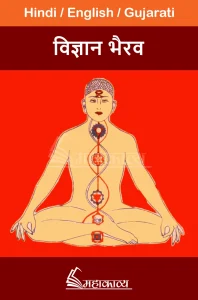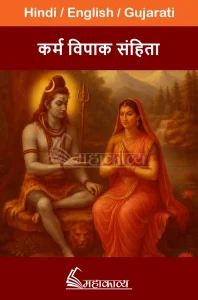Patanjali Yoga Darshan in English
Among the six Vedic philosophies, Patanjali Yoga Darshan has its own special place. In this philosophy, the true nature of yoga, the results of yoga, the practical methods of yoga, the types of yoga and the obstacles present in yoga and their remedies have been discussed in detail.
This philosophy is counted among the parts of the Vedas. The author of this philosophy is Maharishi Patanjali. The number of its sutras is 195. They have been divided into four parts. The first part has 51 sutras. The second and third part have 55-55 sutras and the last fourth part has 34 sutras. The first part is called Samadhi Pada, the second is called Sadhan Pada, the third is called Vibhuti Pada and the fourth part is called Kaivalya Pada. Following is their brief introduction –
Read Here in One Click ~ Patanjali Yoga in Hindi
Table of Contents
Toggle(1) Samadhipada:
In this first pada, mainly Samadhi and its types have been described, hence it is called ‘Samadhi pada’. In this, along with the description of Samadhi for high level practitioners, other means of high level Yoga have also been described. In this pada, the nature of Patanjali Yoga, its result, types of tendencies and their nature, types and nature of detachment, types and varieties of Yoga, nature of God, method of Japa Anushthan, description of various methods for controlling the mind, nature of Samapati and characteristics of Ritambhara wisdom etc. have been described.
(2) Sadhanapada:
In this second pada, the means of Yoga for the beginner practitioner have been described, hence it is called ‘Sadhan pada’. In this second pada, light has been thrown on topics like Kriya Yoga and its result, five afflictions like ignorance, their nature and the means of their destruction, the root of afflictions, the karmashaya and its result, sorrow and its contemptibility for the prudent, the nature of the visible, the eight limbs of yoga and their results, the characteristics of Pranayama, its types and results and the nature of Pratyahara etc.
(3) Vibhutipada:
Since the description of the various types of siddhis = vibhutis (prosperities) obtained by practicing yoga practices has been done mainly in this third pada, the name of this pada is ‘Vibhutipada’. In this pada, the characteristics of the three yoga limbs Dharana, Dhyana, Samadhi and their classical terminological names, the result of their siddhi and their allocation in different levels, denial of the necessity of all siddhis in attaining salvation, types of Chitta results and their description, attainment of various opulences by practicing self-control, emergence of discriminative knowledge and its result etc. have been highlighted.
Read here in one click ~ Ashtavakra Gita in English
(4) Kaivalyapada:
The true nature of Kaivalya Moksha has been described in this fourth pada. Hence, it is named ‘Kaivalya pada’. In this pada, light has been thrown on various topics like five types of Chitta siddhis, types of karmas, attainment of salvation is not possible in the presence of karmashaya, difference between the karmas of a yogi and a non-yogi, memory and sanskar are always of the same subject, four reasons for accumulation of desires, the world wheel has six spokes, refutation of kshanikvaad etc., the nature of Dharmamegha Samadhi, the nature of sequence etc.
This Patanjali Yoga philosophy is complete, universal and scientific in itself. The purpose of the explanation of this book is to awaken interest in the practice of yoga among the common people and make them ready to follow its path. Therefore, instead of putting too much emphasis on the meanings of words, instead of making it a text book, importance has been given to the feelings so that this difficult subject can be understood.





 Download the Mahakavya App
Download the Mahakavya App